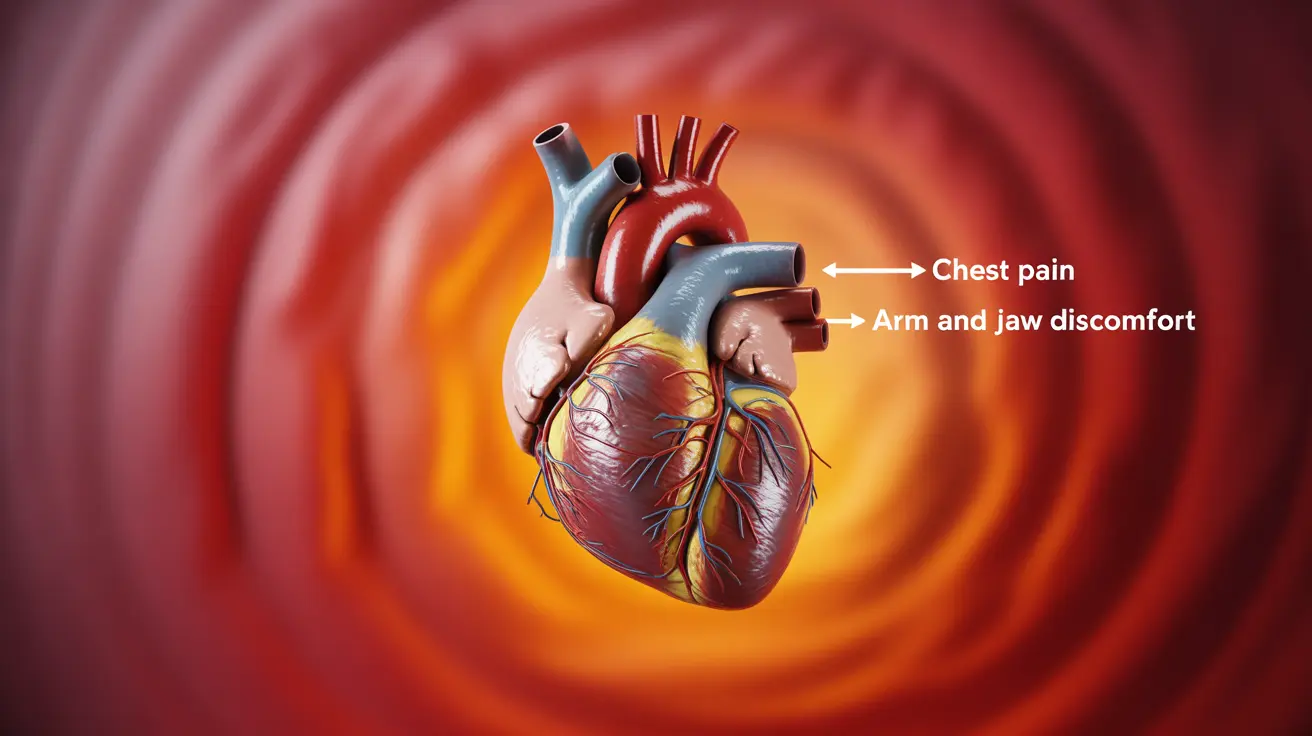Creeping fat, also known as mesenteric fat hypertrophy, is a unique and significant feature of Crohn's disease that plays a crucial role in the condition's progression and severity. This specialized fatty tissue accumulates around inflamed segments of the intestine, contributing to both inflammation and complications in people with Crohn's disease.
While Crohn's disease is widely known as an inflammatory bowel condition, the role of creeping fat has emerged as a vital area of research, helping medical professionals better understand the disease's mechanisms and potential treatment approaches.
What Is Creeping Fat and Its Role in Crohn's Disease
Creeping fat is a distinct type of adipose (fatty) tissue that develops and expands around inflamed portions of the intestine in people with Crohn's disease. Unlike normal fat tissue, creeping fat has unique properties and actively participates in the inflammatory process.
This specialized fat tissue wraps around affected intestinal segments, creating a protective yet potentially problematic barrier. While it may initially serve as a protective mechanism, creeping fat can ultimately contribute to ongoing inflammation and disease progression.
The Development Process of Creeping Fat
When Crohn's disease causes inflammation in the intestinal wall, it triggers a complex cascade of cellular responses. These responses stimulate the surrounding fat tissue to undergo changes, leading to the development of creeping fat. The process involves:
- Increased production of inflammatory molecules
- Changes in fat cell composition
- Enhanced blood vessel formation
- Accumulation of immune cells
Impact on Symptoms and Disease Progression
Creeping fat significantly influences the manifestation and severity of Crohn's disease symptoms. The presence of this specialized fatty tissue can lead to:
- Increased abdominal pain and discomfort
- Enhanced local inflammation
- Potential contribution to stricture formation
- Possible impact on medication effectiveness
Complications Associated with Creeping Fat
The presence of creeping fat can lead to several serious complications in Crohn's disease patients:
Physical Complications
Physical complications may include intestinal narrowing, adhesions between intestinal segments, and potential obstruction. These issues can significantly impact a patient's quality of life and may require surgical intervention.
Inflammatory Complications
The inflammatory nature of creeping fat can perpetuate the disease cycle, leading to:
- Increased disease severity
- More frequent flare-ups
- Enhanced tissue damage
- Greater risk of complications
Current Treatment Approaches
While there are no treatments specifically targeting creeping fat, several approaches help manage its effects:
- Anti-inflammatory medications
- Immunosuppressive therapy
- Dietary modifications
- Surgical intervention when necessary
Frequently Asked Questions
What is creeping fat and how does it affect Crohn's disease? Creeping fat is a specialized type of fatty tissue that develops around inflamed areas of the intestine in Crohn's disease. It affects the disease by contributing to inflammation, potentially worsening symptoms, and influencing disease progression.
What symptoms are caused or worsened by creeping fat in people with Crohn's disease? Creeping fat can worsen abdominal pain, increase inflammation, contribute to intestinal narrowing, and potentially affect how well medications work. It may also lead to complications such as adhesions and obstruction.
Why does creeping fat develop around the intestines in Crohn's disease? Creeping fat develops as a response to intestinal inflammation in Crohn's disease. The inflammatory process triggers changes in nearby fat tissue, causing it to expand and develop unique properties that contribute to the disease process.
What complications can creeping fat cause in Crohn's disease, and how serious are they? Complications from creeping fat can be serious and include intestinal strictures, adhesions, increased inflammation, and potential obstruction. These complications may require medical intervention or surgery to address.
Are there any treatments available specifically to manage creeping fat in Crohn's disease? While there are no treatments that specifically target creeping fat, standard Crohn's disease treatments such as anti-inflammatory medications, immunosuppressants, and surgery can help manage its effects and associated complications.




